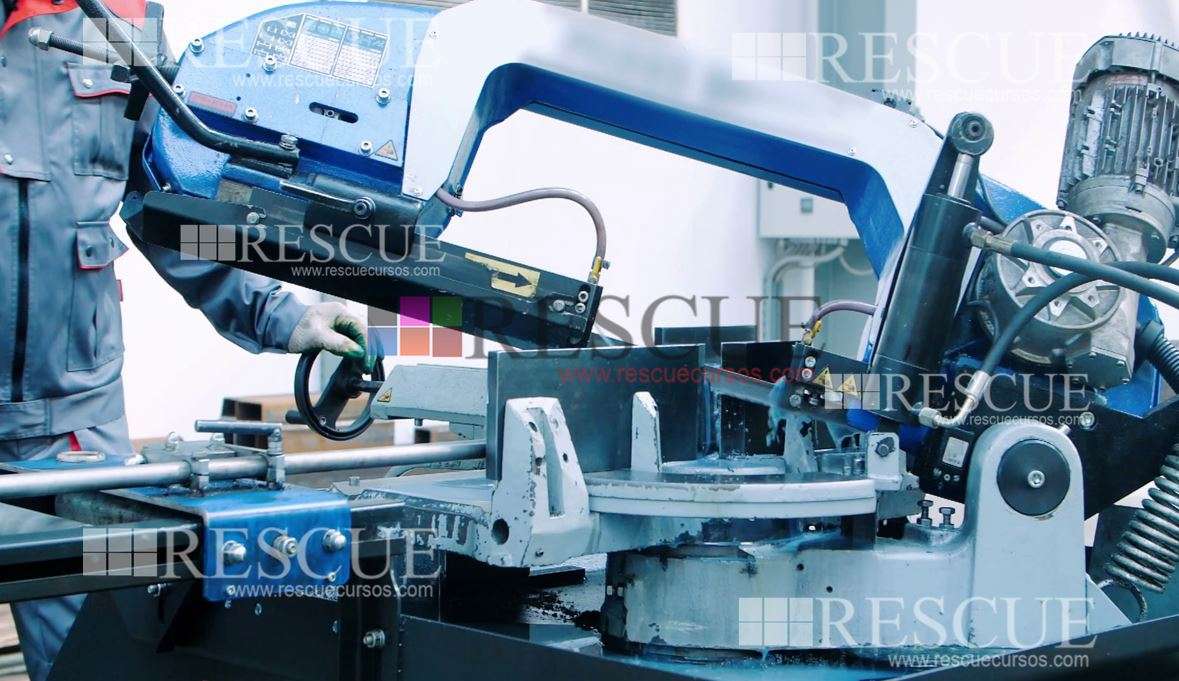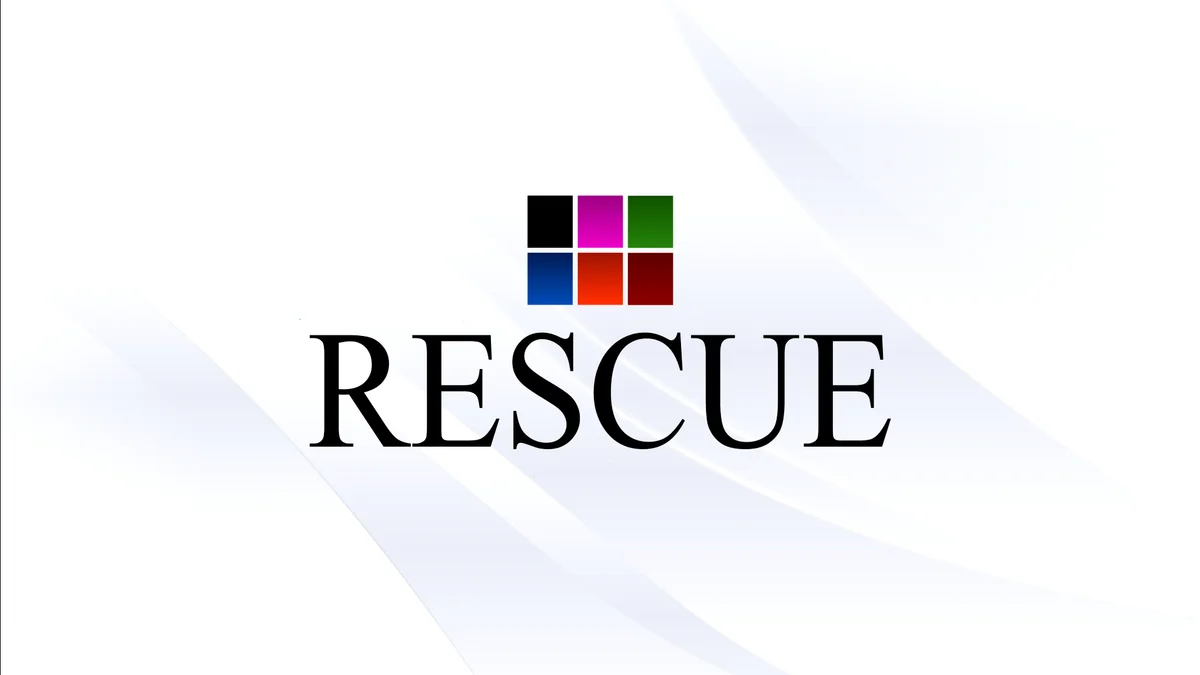NR-12 Interpretation and Application Course

NR-12 Interpretation and Application Course
Technical Name: NR-12 Interpretation and Application Course - Labor Health in Machinery and Equipments
Reference: 95828
NR-12 Interpretation and Application Course:
The NR-12 Interpretation and Application Course objective is to define the technical references, essentials principles and protection policies to assure the physical integrity and health of the workers, as the NR-12 standards appoint.
What’s the NR-12?
NR-12 adress the steps of a project and machinery use since it’s fabrication, import, marketing, exhibition and assignment to any title and economical activities, without any loss of the compliance of the Regulatory and Legal Norms, and in the absence of those, the International Norms.
Choose Your Plan
100% Presencial
16 Horas - Com Experiência
Nossa Sede ou In Company DDD 11
Outros Locais Consultar
Por Pessoa/Turma (PagSeguro)
Semipresencial/Reciclagem
08hs EAD / 08hs Presenciais
Nossa Sede ou In Company DDD 11
Outros Locais Consultar
Por Pessoa/Turma (PagSeguro)
EAD (Ensino a Distância)
16 Horas - Com Experiência
Totalmente Online
Imperdível!
Por Pessoa/Turma (PagSeguro)
Preços Especiais
para Empresas/Turmas
Programatic Content:
NR-12 Interpretation and Application Course:
Minimun Schedule:
General Principles;
Facilities and Arrays;
Electrical Devices and Facilities;
Departure, starting and stopping devices;
Security systems;
Permanent means of access;
Pressurized components;
Material conveyors;
Ergonomic Aspects;
Maintenance, inspection, preparation, adjustment, repair and cleaning;
Labor and Safety procedures;
Design, manufacture, import, sale, lease, auction, assignment to any title and exhibition;
Other specific security requirements;
Final dispositions;
Annex I – Safety Distances and Requirements for the Use of Optoelectronic Presence Detectors;
Annex III – Permanent Means of Access;
Complements
Accidents Prevention;
First Aid Procedures and Notions;
Practical Exercises;
Perception of Risks and Factors that Affect People’s Perceptions;
Safety Impact and Behavioral Factors;
Fear factor;
Consequences of the Habit of Risk;
The Importance of Task Knowledge Understanding;
Ergonomics Job Analysis;
Ergonomic Risks;
Theoretical and Practical Evaluation;
Certificate of participation.
Attention:
DL – Distance Learning, Presential and Blended
Legal Basis – Technical Standard 54 Ministry of Labor
RESPONSIBILITIES – Since OSH training is a labor obligation to be provided by the employer to its employees due to the risks arising from the activity being exploited, it is the responsibility of the employer to ensure its effective implementation, subject to appropriate administrative sanctions in case of training not effective or even the poor quality training that does not meet the requirements of the legislation. It is essential to note that, even if OSH training is chosen through AD or semi-admission, it is salutary that all training is adapted to the reality of each establishment. It is that the worker is being trained by the employer to act in a certain space, so a generic training will not meet the peculiarities of any and all economic activity. See the Technical Note 54 of the Ministry of Labor MT Click Here
Normative References when applicable to devices and their updates:
NR – 01 – Disposições Gerais;
NR – 06 – Equipamento de Proteção Individual – EPI;
NR – 12 – Segurança no Trabalho de Máquinas e Equipamentos;
ABNT NBR 13759 – Segurança de máquinas – Equipamentos de parada de emergência – Aspectos funcionais – Princípios para projeto;
ABNT NBR ISO 14121-2 – Segurança de máquinas — Apreciação de riscos;
ABNT NBR ISO/CIE 8995 – Iluminação de ambientes de trabalho;
Protocolo 2015 Guidelines American Heart Association;
Protocolo 2017 – Atualizações Específicas nas Diretrizes 2017 American Heart Association p/ Suporte Básico de Vida em Pediatria/Adultos e Qualidade de Ressuscitação Cardiopulmonar.
Portaria GM N.2048 – Política Nacional de Atenção as Urgências;
OIT 161 – Serviços de Saúde do Trabalho;
ISO 10015 – Gestão da qualidade – Diretrizes para treinamento;
ISO 45001 – Sistemas de gestão de saúde e segurança ocupacional – Requisitos com orientação para uso;
ISO 56002 – Innovation management — Innovation management system.
Note: This Service exclusively meets the requirements of the Special Secretariat for Social Security and Labor (SEPRT); when dealing with services to other agencies, inform at the time of request.
Attention:
EAD (Distance Learning), Semi-presential The EAD Certificate also known as Online, according to LAW No. 9.394, OF DECEMBER 20, 1996. It can be used for: Complementary Activities; Company valuations; Public tenders; University Extension; Extracurricular hours; Improved chances of getting a job; Recruitment processes; Internal promotions; Title Evidence; Doctoral selections; Master’s Selections; Other opportunities. Course 100% EAD (Distance Learning) or Semi-face-to-face needs a Pedagogical Project is only valid for the Employer, if it fully follows SEPRT Ordinance No. 915, of July 30, 2019 – NR 01 – General Provisions of the Special Secretariat for Social Security and Labor.
Carga Horária
NR-12 Interpretation and Application Course:
Inexperienced participants:
Minimum workload = 40 hours/class
Experienced participants:
Minimum workload = 16 hours/class
Update (Recycling): Minimum workload = 08 class/hours
Update (Recycling): The employer must carry out periodic training Annually and whenever any of the following situations occurs:
a) change in work procedures, conditions or operations;
b) event that indicates the need for new training;
c) return to work for more than ninety days;
d) change of company;
e) Exchange of machinery or equipment.
Certificate: The Certificate will be issued to each participant who achieves a minimum of 70% (theoretical and practical) in accordance with the Regulatory Standards.
Criteria of Training or Update Certificates: Our certificates are numbered and issued in accordance with the Regulatory Standards and applicable devices:
Issuance of A.R.T. (Annotation of Technical Responsibility);
Employee’s full name and identity document;
Program content;
Workload;
City, place and date of the training;
Name, identification, signature and qualification of the instructor (s);
Name, identification and signature of the technician responsible for the training;
Name and qualification of our Qualified Professional;
Specification of the type of work and list of types of confined spaces;
Space for signing the trainee;
Rescue Cursos
Our Courses are Complete and Dynamic

About: NR-12 Interpretation and Application Course:
NR 12.6 At the installation sites of machines and equipment, the circulation areas must be properly demarcated and in accordance with official technical standards.
12.6.1 The main traffic routes in the workplace and those leading to exits must be at least 1.20 m (one meter and twenty centimeters) wide.
12.6.2 The circulation areas must be kept permanently unobstructed.
12.7 The materials in use in the production process must be allocated in specific storage areas, duly marked with bands in the color indicated by official technical standards or signposted when dealing with external areas.
12.8 The spaces around the machines and equipment must be adequate to their type and type of operation, in order to prevent the occurrence of accidents and illnesses related to work.
12.8.1 The minimum distance between machines, in accordance with their characteristics and applications, must guarantee the safety of workers during their operation, maintenance, adjustment, cleaning and inspection, and allow the movement of body segments, in view of the nature of the task.
12.8.2 Material circulation and storage areas and spaces around machines must be designed, dimensioned and maintained in such a way that mechanized and manual workers and material transporters move safely.
12.9 The floors of workplaces where machines and equipment are installed and circulation areas must:
a) be kept clean and free from objects, tools and any materials that offer risk of accidents;
b) have characteristics in order to prevent risks from greases, oils and other substances and materials that make them slippery; and
c) be level and resistant to the loads to which they are subjected.
12.10 The tools used in the production process must be organized and stored or arranged in specific places for this purpose.
12.11.1 The installation of stationary machines must respect the necessary requirements provided by the manufacturers or, failing these, the project prepared by a legally qualified professional, especially regarding the foundation, fixing, damping, leveling, ventilation, electrical, pneumatic and hydraulic power , grounding and cooling systems.
12.12 On mobile machines that have casters, at least two of them must have locks.
12.13 Machines, circulation areas, work stations and any other places where workers may be present must be positioned in such a way that there is no overhead transport and movement of materials over workers. Installations and electrical devices.
12.14 The electrical installations of machinery and equipment must be designed and maintained in order to prevent, by safe means, the dangers of electric shock, fire, explosion and other types of accidents, as provided for in NR-10.
12.15 The installations, housings, enclosures, shields or conductive parts of the machines and equipment that are not part of the electrical circuits, but which may be under voltage, must be grounded, according to the official technical standards in force.

